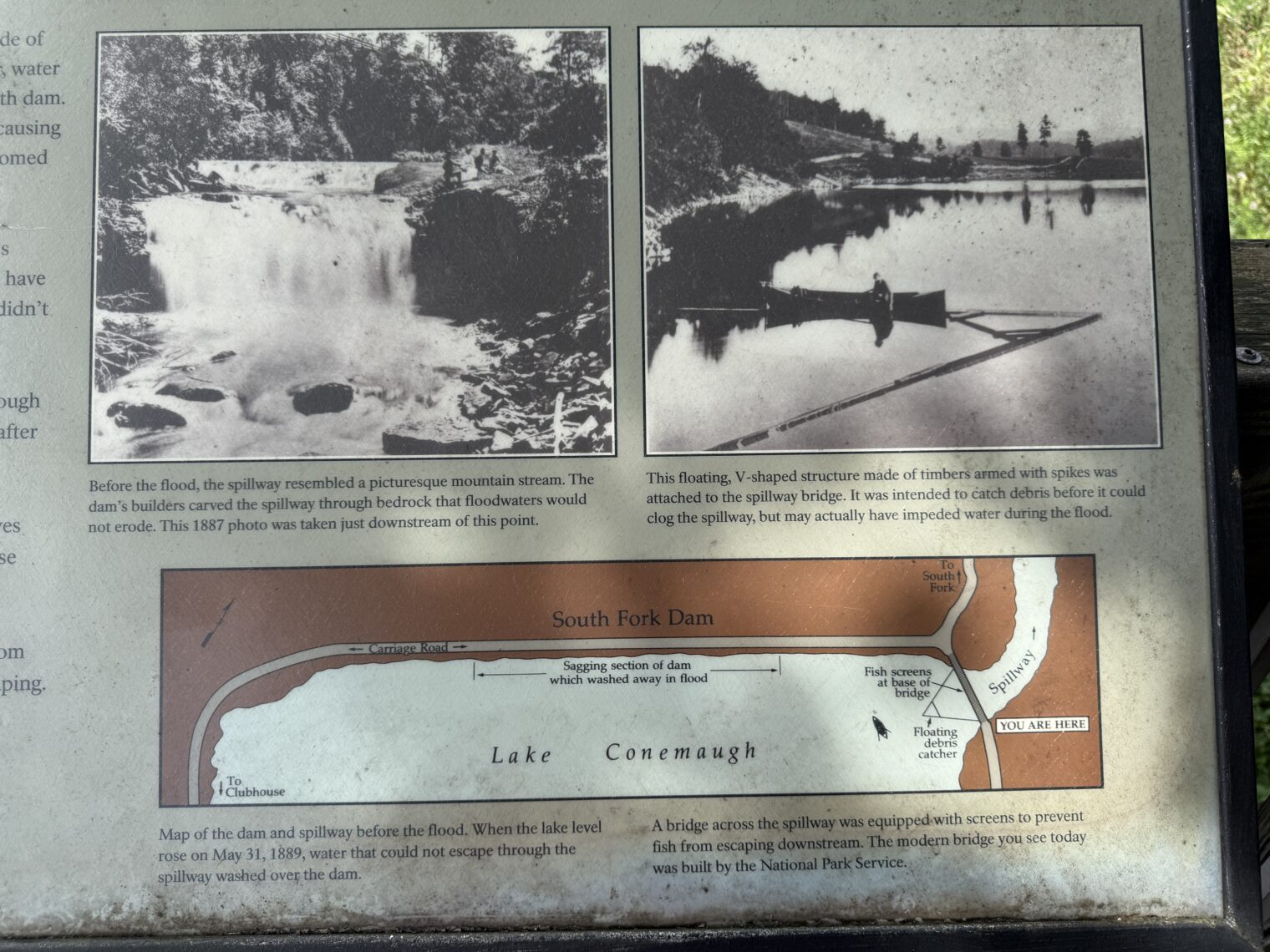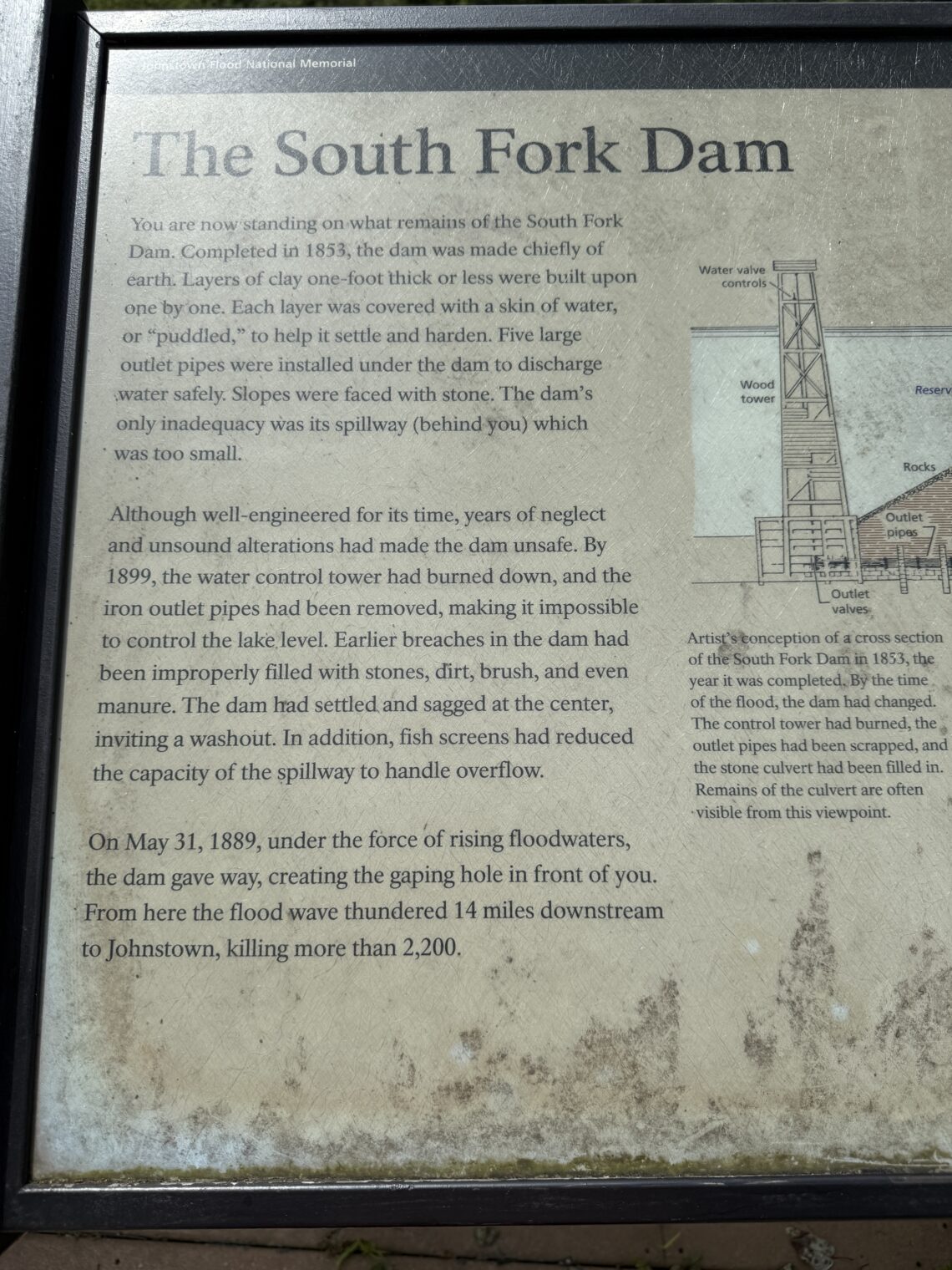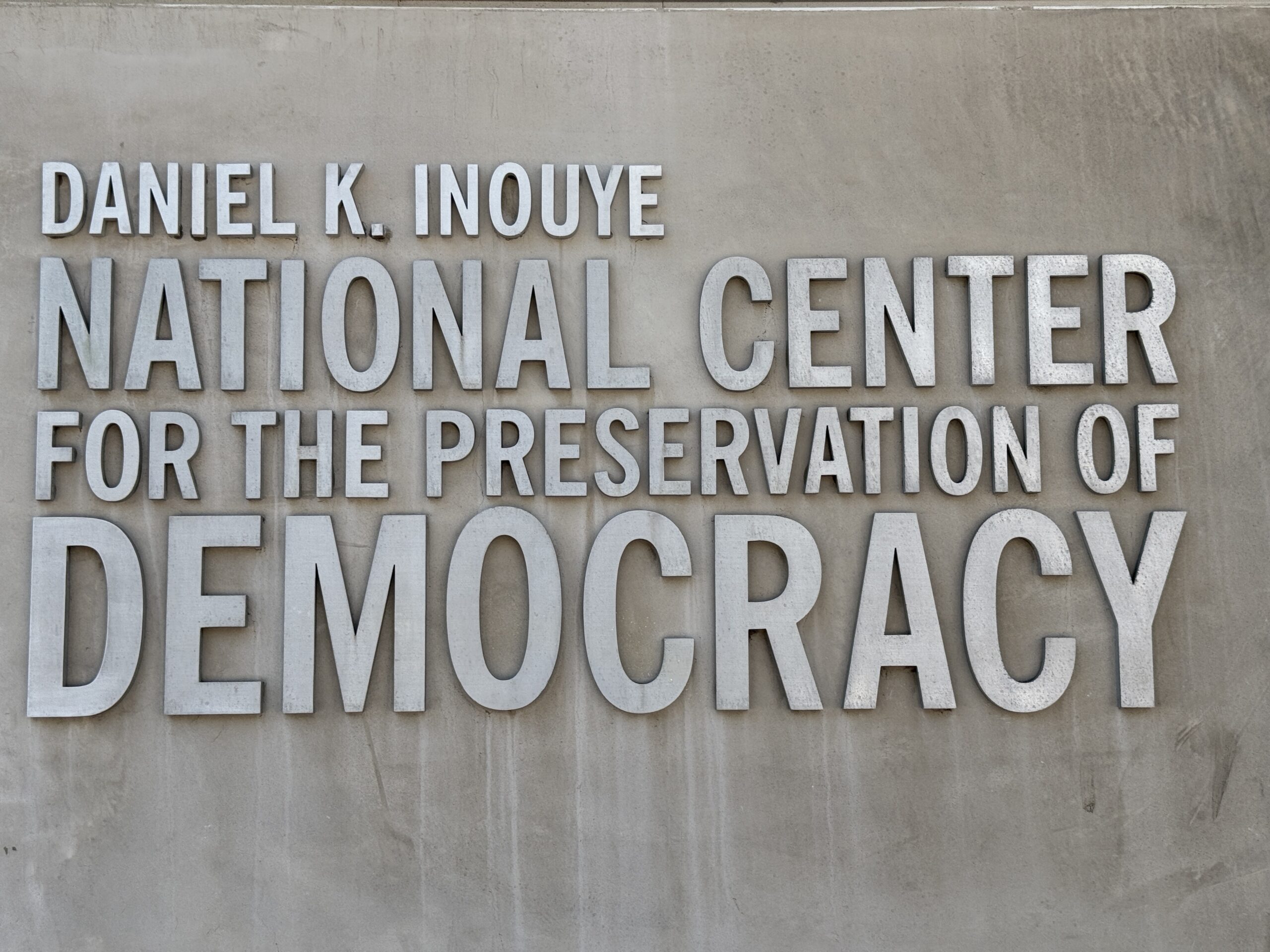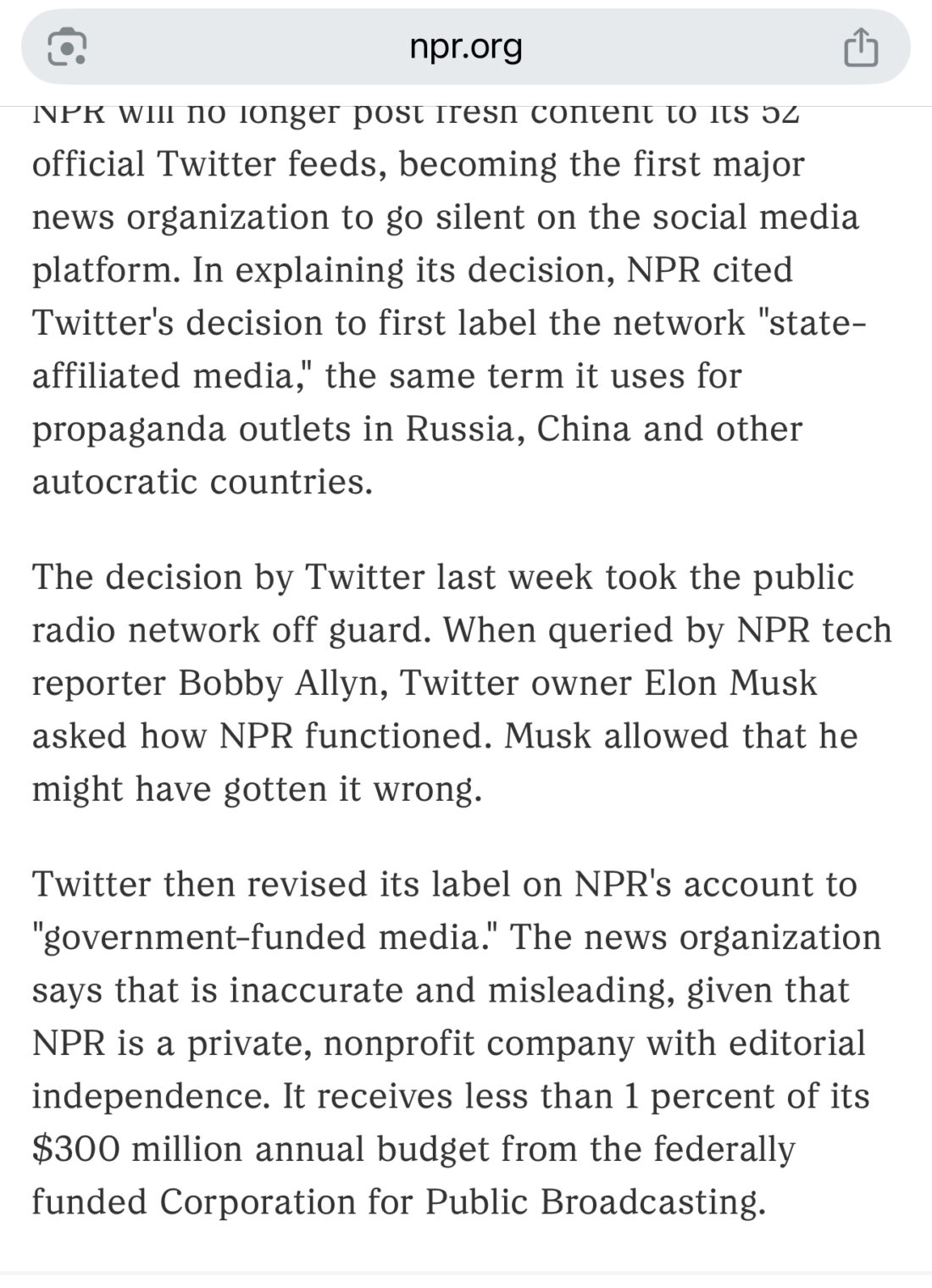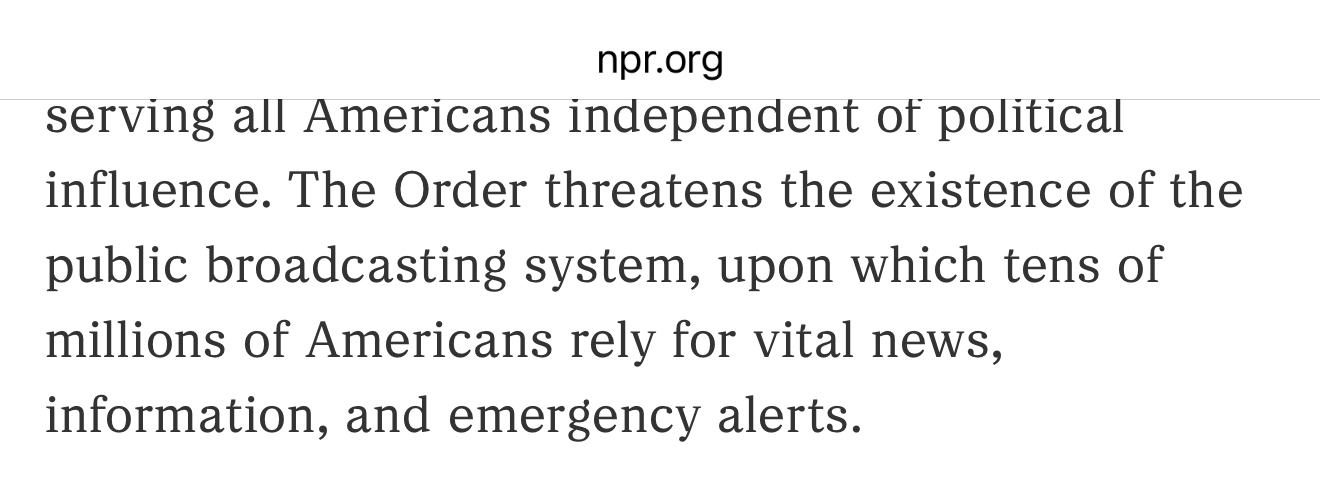Is it unconstitutional to pay federal workers for not working during the shutdown?
The 14th Amendment theoretically provides for Equal Protection. Thanks to the Government Employee Fair Treatment Act of 2019, federal government workers who don’t work during a shutdown are paid in full, just like the government workers unfortunate enough to be declared “essential” and forced to work. What’s “equal” about someone who works 40 hours per week (add 15 hours for commuting in DC? Traffic was horrific when we were there the weekend of October 2-5) getting paid the same as someone who works 0 hours per week and who might be playing Xbox or on vacation at Disney World, in Europe, or in Asia?
Alternatively, if government employees who don’t work get paid shouldn’t Equal Protection require ordinary citizens who don’t work to get paid the same amount after any government shutdown?
What makes the Government Employee Fair Treatment Act of 2019 Constitutional?
Here’s a $20/person museum in Northwest DC that we visited earlier this month (the former home of Marjorie Merriweather Post, the rich heiress/executive who built Mar-a-Lago). Not only do the non-essential federal government workers get paid time off, but they can use that paid time off to go to un-free museums for free (“Federal workers are invited to seek respite and rejuvenation at Hillwood with complimentary admission (with government ID).”). What kind of “respite and rejuvenation” is needed after a person transitions from doing almost nothing in exchange for a paycheck to doing exactly nothing in exchange for the same paycheck?
Full post, including comments



